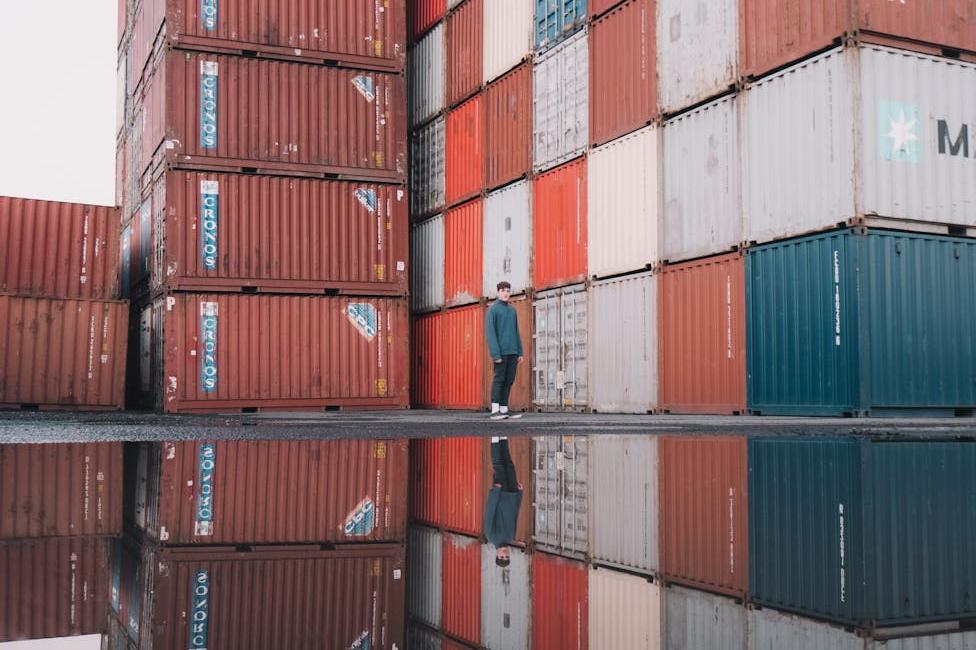
How to Choose Reliable Wooden Furniture輸出代理店Company?
選択輸出代理店The company needs to focus on the following key elements:
- Industry Experience Certification: Request to provide past export cases for furniture products and verify whether the supplier has experience with ISPM15-compliant wood packaging certification treatments.
- Verification of Qualification Documents: Confirmed possession of necessary certifications such as Customs AEO authorization and international freight forwarding qualifications (FIATA).
- Service Network Assessment: Verify the destination port’s customs-clearance capability; in particular, markets in Europe and the U.S. must have an on-the-ground compliance team.
What special certifications are required for exporting wooden furniture?
According to the latest 2025 international trade regulations, the following must be prepared:
- Basic Authentication:
- FSC Forest Certification (applicable to solid wood furniture)
- CARB Certification (mandatory for the U.S. market)
- Emerging requirements:
- EU EPD Environmental Product Declaration (Newly Added in 2024)
- Southeast Asian COC Conformity Certification
What precautions should be taken during the fumigation of wood products?
In accordance with ISPM15 international standards, special attention must be paid to:
- The validity period of the fumigation certificate is strictly limited to 21 days.
- The moisture content must be controlled within the 8–12 % range (EU revised standard, 2023).
- When using methyl bromide fumigation, hazardous-goods transport documentation must be processed concurrently.
How to calculate the comprehensive cost of an export agent?
It is recommended to adoptFour-Dimensional Cost Accounting Method:
- Explicit Costs: Agency Fee + Ocean Freight + Insurance (CIF Terms)
- Hidden costs:
- Demurrage Estimate (Calculated by Tiered Efficiency at Destination Port)
- Expedited Certificate Processing Fee
- Risk Cost: Credit insurance at 0.3% of the purchase value
- Cost of Capital: Interest loss incurred due to payment terms
How to Choose a Logistics Solution for Emerging Markets?
Adopt differentiated strategies for different regions:
- African market: Prioritize transshipment via Mombasa Port/Durban Port, configure 40HQ high-cube containers with moisture-proof treatment.
- Middle East market: Jebel Ali Port, Dubai – Free Storage Period Extended to 10 Days (New Regulation 2025)
- South American market: It is recommended to adopt the San Antonio Port, Chile + inland distribution plan
How to mitigate anti-dumping risks in the destination country?
Need to establishLevel-3 Early Warning Mechanism:
- Preliminary verification: Query the latest anti-dumping duty rates in the U.S. ITA database (as of March 2025, the rate for Chinese wooden bedroom furniture is 7.24%).
- Mid-term response: Apply for a binding tariff classification ruling for the specific product’s HS code
- Post-disaster relief: Preserve the chain of origin certification (from raw log procurement to finished product processing)
How can cross-border e-commerce and traditional foreign trade work in synergy?
It is recommended to adoptdual-track operating model:
- B2B Channel: Maintain the existing agency export model, with a focus on optimizing LCL consolidation efficiency.
- B2C Channel:
- Stocking up inventory in overseas warehouses for platforms like Amazon
- Adopt DDP terms to eliminate end-consumer customs-clearance risks
How to Handle Quality Disputes and Claims?
It is recommended to establishFour-Step Dispute Resolution:
- Step 1: Require the buyer to provide an SGS or BV third-party inspection report
- Step 2: Verify the temperature and humidity logs during transport (especially when the sea route passes through equatorial regions)
- Step 3: Initiate the product liability insurance claim process (report the claim within 48 hours)
- Step 4: Seek resolution through negotiation under the ICC arbitration clause


 カスタマーサービスWeChatをフォローしてください
カスタマーサービスWeChatをフォローしてください